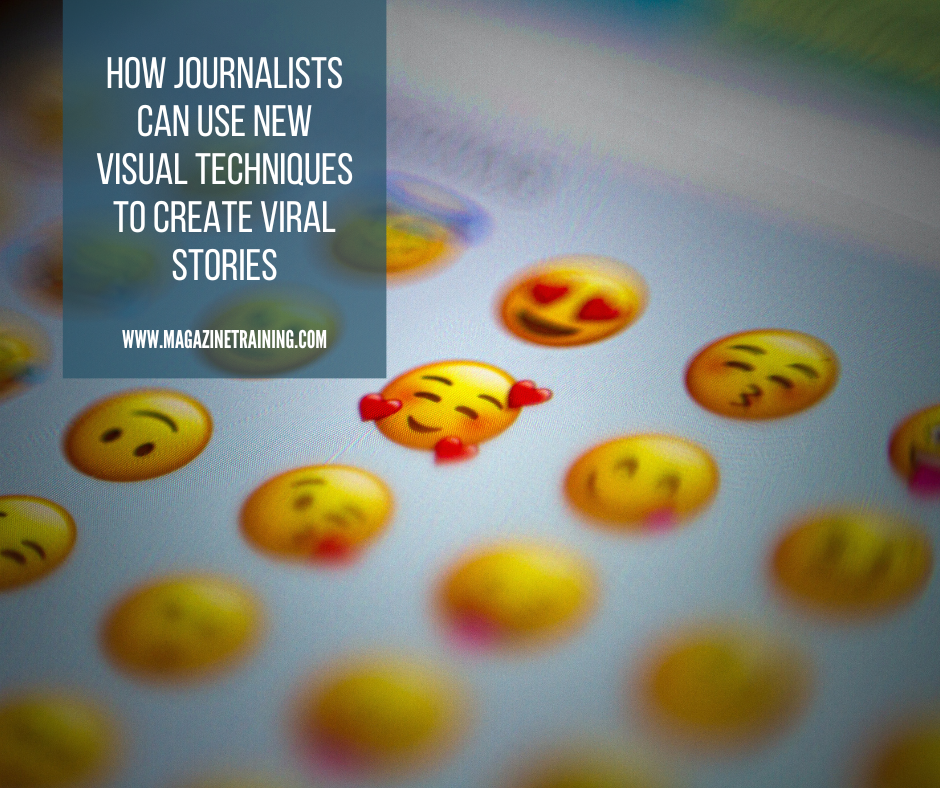
Emojis, memes and gifs: you may text with them on a daily basis, but did you know you can also use them in your reporting to boost engagement?
These newer forms of visual journalism can help amplify the truth and reach larger audiences in a media ecosystem today in which false information proliferates too easily.
“It’s very easy to dismiss [visual] languages if you don’t know a lot about them, because from the outside they might seem one dimensional. Actually, there’s a lot of complexity and richness and creativity,” said Paul Bradshaw, an online journalist and blogger who leads the data journalism master’s degree program at Birmingham City University.
Emojis
Many people today use emojis to communicate messages quickly, or when words alone aren’t as effective. They can be used literally or to convey emotion, as ratings – like the “💯” – or as a call to action, like arrow emojis pointing to a link.
For instance, HuffPost UK has used emojis on social media and in push notifications to indicate the nature of a story or the emotion behind it, whether it is happy or sad. This tactic lets readers know up front what a story will be about, and can better help draw them in. A story about a puppy, for example, might benefit from a puppy emoji when being promoted.
Bradshaw highlighted the collaborative reporting project, Viral Facts Africa, which used emojis and other new visual journalism techniques to counter mis- and disinformation about COVID-19 on social media.
To improve accessibility, consider using just one or two emojis at a time. This is because when a screen reader, which allows blind or visually impaired people to read text online, identifies emojis, it reads out a description of each one. As a result, it’s important not to overload it with too many at once. Ensure, too, that the preset read out description of emojis matches the intended message.
GIFs
GIFs, which are short, animated clips, are another viral storytelling technique that can boost engagement and fight misinformation online. An internal study conducted by Twitter found that tweets with GIFs received 55% more engagement than those without.
by Annie Jennemann
Photo by Domingo Alvarez E on Unsplash
One Comment
Leave A Comment
You must be logged in to post a comment.
Related posts
Magazine Training International’s mission is to encourage, strengthen, and provide training and resources to Christian magazine publishers as they seek to build the church and reach their societies for Christ.


[…] https://magazinetraining.com/how-journalists-can-use-new-visual-techniques-to-create-viral-stories/ […]